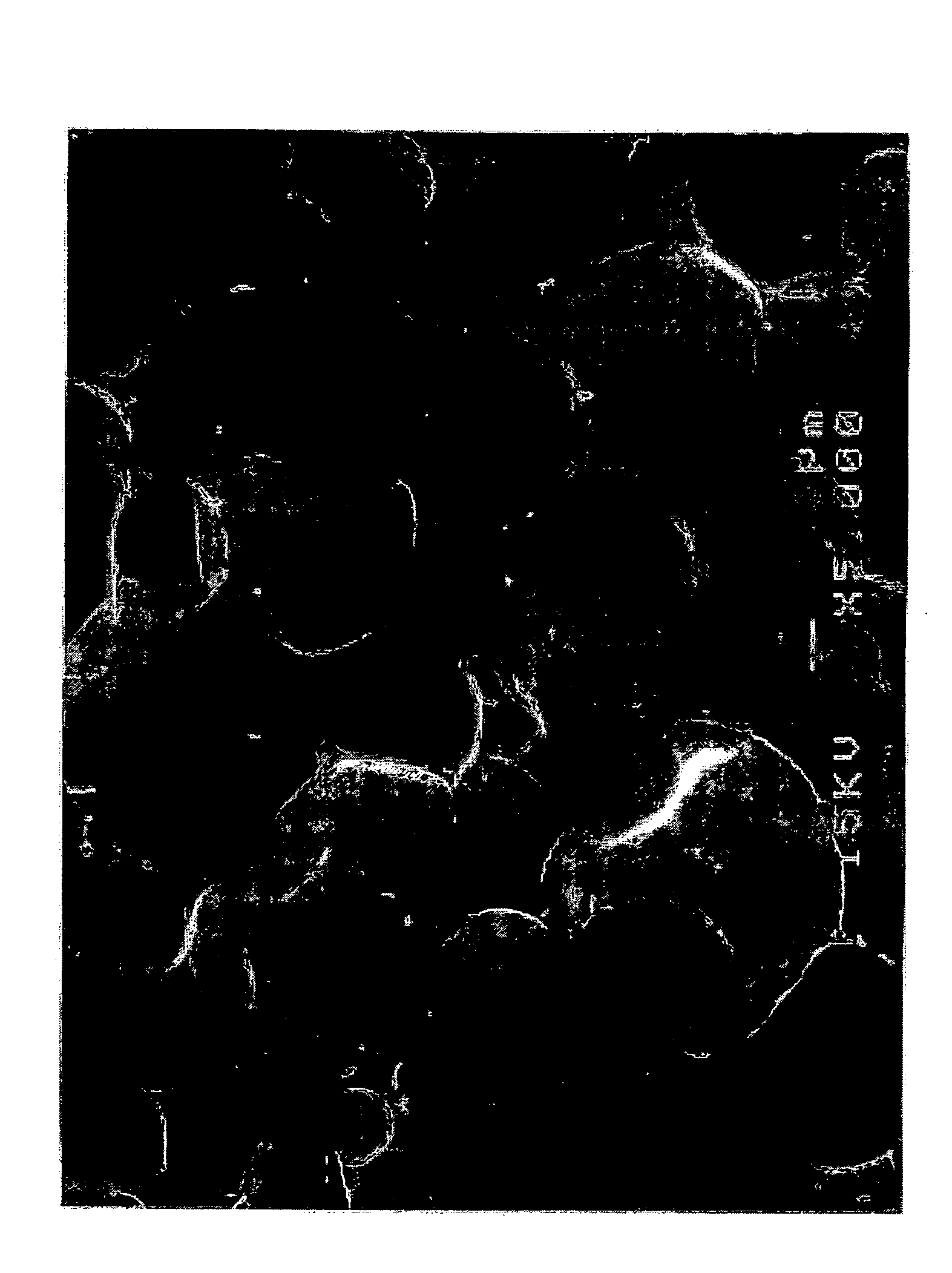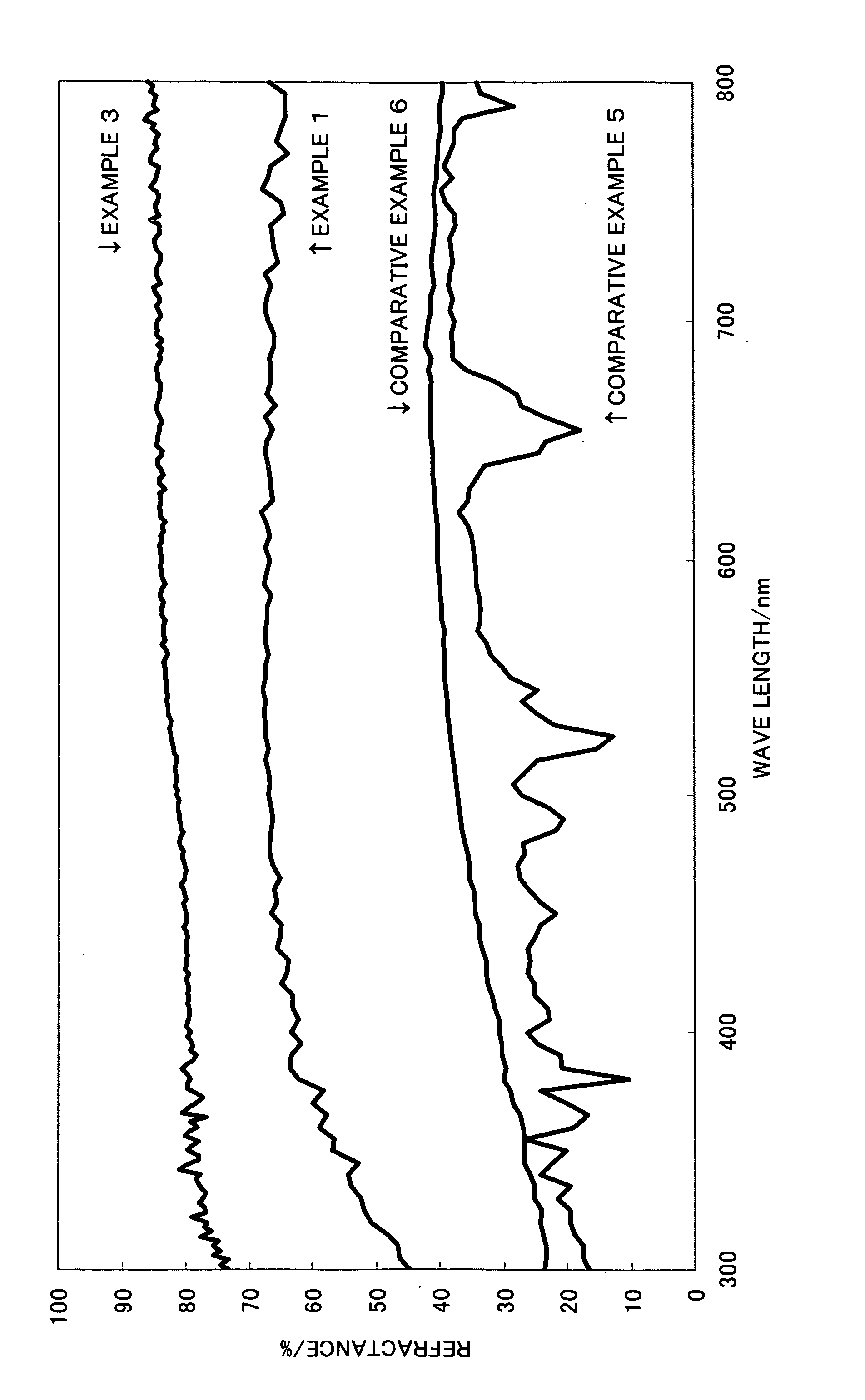Nitride Sintered Body and Method for Manufacturing Thereof
- Summary
- Abstract
- Description
- Claims
- Application Information
AI Technical Summary
Benefits of technology
Problems solved by technology
Method used
Image
Examples
examples
[0091]The invention will be specifically explained referred to examples, it should be understood that the invention is not limited to the examples.
first embodiment
Example 1
[0092]Mixed together were 100 parts by mass of an aluminum nitride powder having an average particle diameter of 1.5 μm, and an oxygen concentration of 0.8 wt % and 5 parts by mass of 3CaO.Al2O3. Then, ethanol was added into the mixture, which was mixed using a ball mill and dried to obtain mixed powder, and the mixed powder was CIP formed to obtain a preform having a diameter of 40 mm and a thickness of 5 mm, followed by degreasing in an oxidizing atmosphere of air. The obtained preform (degreased preform) and a carbon plate with a surface area of 320 mm2 (a standard carbon plate having a plan view of a square with a size of 40 mm, a thickness thereof was 3 mm and a weight of 18 g was cut into pieces each having a size (10 mm×10 mm×3 mm thick as samples) with a side ¼ times that of the standard carbon plate) were put into a carbon made vessel with a cover, the inner wall of which is made of boron nitride, and which has an inside volume of 84 cm3, so that the obtained prefo...
second embodiment
Example 3 and Example 4
[0095]Kneaded together were 100 parts by mass of an aluminum nitride powder (having an oxygen concentration of 0.8 mass %) having an average particle diameter of 1.5 μm, 5 parts by mass of yttrium oxide (Y2O3) powder having an average diameter of 0.5 μm, 9 parts by mass of ethyl cellulose and 40 parts by mass of terpinol to thereby prepare an aluminum nitride paste having an adjusted viscosity of 3500 cP at 25° C. An aluminum nitride powder having an average diameter of 1.5 μm and yttrium oxide as a sintering assistant were added to the aluminum nitride paste and the resultant aluminum nitride paste was sintered to obtain an aluminum nitride sintered body substrate, the aluminum nitride paste was screen printed on a surface of a base substrate made of the aluminum nitride sintered body substrate to a thickness of 300 μm and the screen-printed base substrate was dried at 80° C. for 5 min. Thus obtained substrate was burned in a similar way to that in Example 1 ...
PUM
| Property | Measurement | Unit |
|---|---|---|
| Temperature | aaaaa | aaaaa |
| Temperature | aaaaa | aaaaa |
| Length | aaaaa | aaaaa |
Abstract
Description
Claims
Application Information
 Login to View More
Login to View More - R&D
- Intellectual Property
- Life Sciences
- Materials
- Tech Scout
- Unparalleled Data Quality
- Higher Quality Content
- 60% Fewer Hallucinations
Browse by: Latest US Patents, China's latest patents, Technical Efficacy Thesaurus, Application Domain, Technology Topic, Popular Technical Reports.
© 2025 PatSnap. All rights reserved.Legal|Privacy policy|Modern Slavery Act Transparency Statement|Sitemap|About US| Contact US: help@patsnap.com



